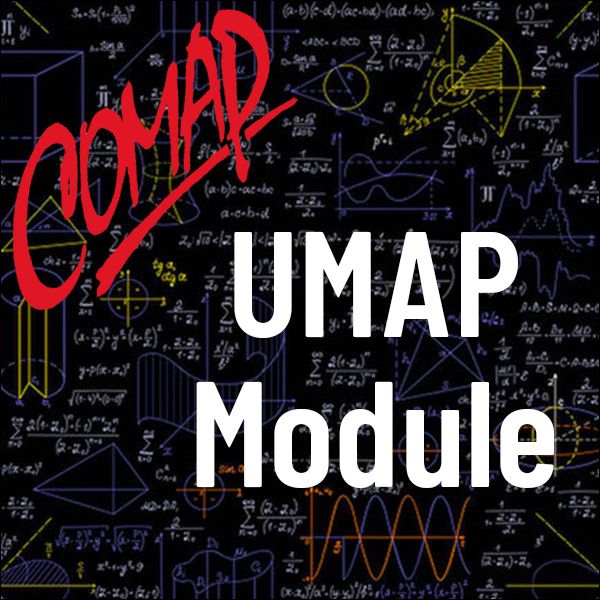Representing Integers as Sums or Differences of Squares (UMAP)
Author: Donald Malm
In this module the problem of presenting an integer as a sum or as a difference of two squares is studied. Key questions considered are: which integers can be so represented? and what is the behavior of the average number of ways an integer can be represented? Students 1) practice and develop problem-solving skills; 2) become acquainted with the idea of congruence and its uses; 3) use the computer to gather facts about a problem; and 4) use geometry and calculus to help solve problems of representing integers.
Table of Contents:
1. INTRODUCTION
2. REPRESENTING AN INTEGER AS A DIFFERENCE OF SQUARES, I
3. CONGRUENCE AND RESIDUE ARITHMETIC
4. REPRESENTING AN INTEGER AS A DIFFERENCE OF SQUARES, II
5. THE AVERAGE NUMBER OF REPRESENTATIONS
6. REPRESENTING AN INTEGER AS A SUM OF TWO SQUARES (A SELF-TEST)
7. REFERENCES
8. ANSWERS TO EXERCISES
9. ANSWERS FOR SECTION 6 (THE SELF-TEST)

Mathematics Topics:
Application Areas:
Prerequisites:
You must have a Full Membership to download this resource.
If you're already a member, login here.